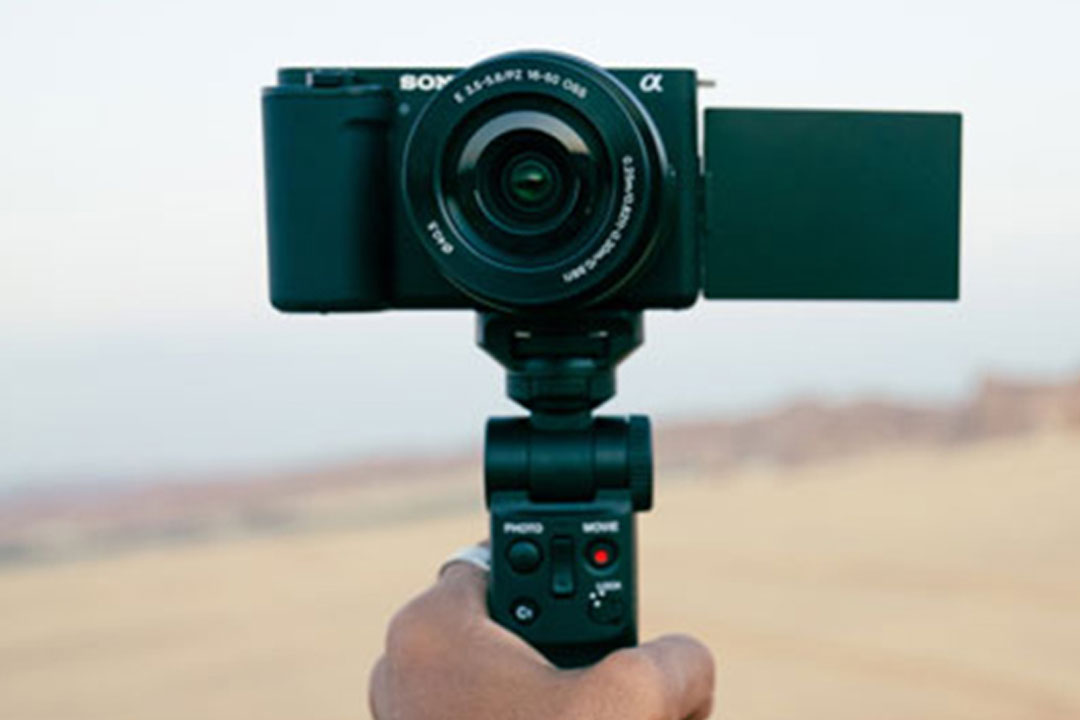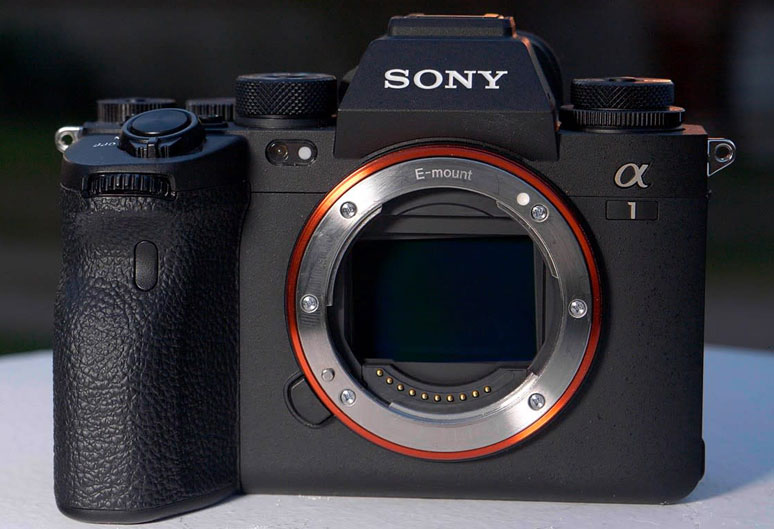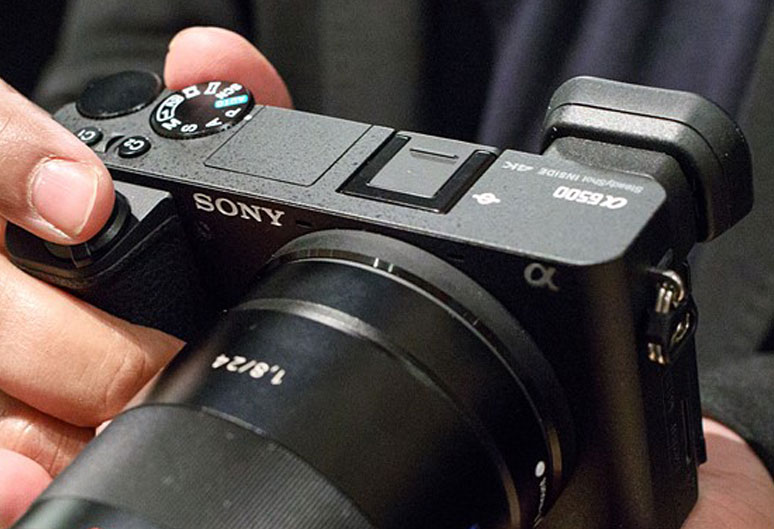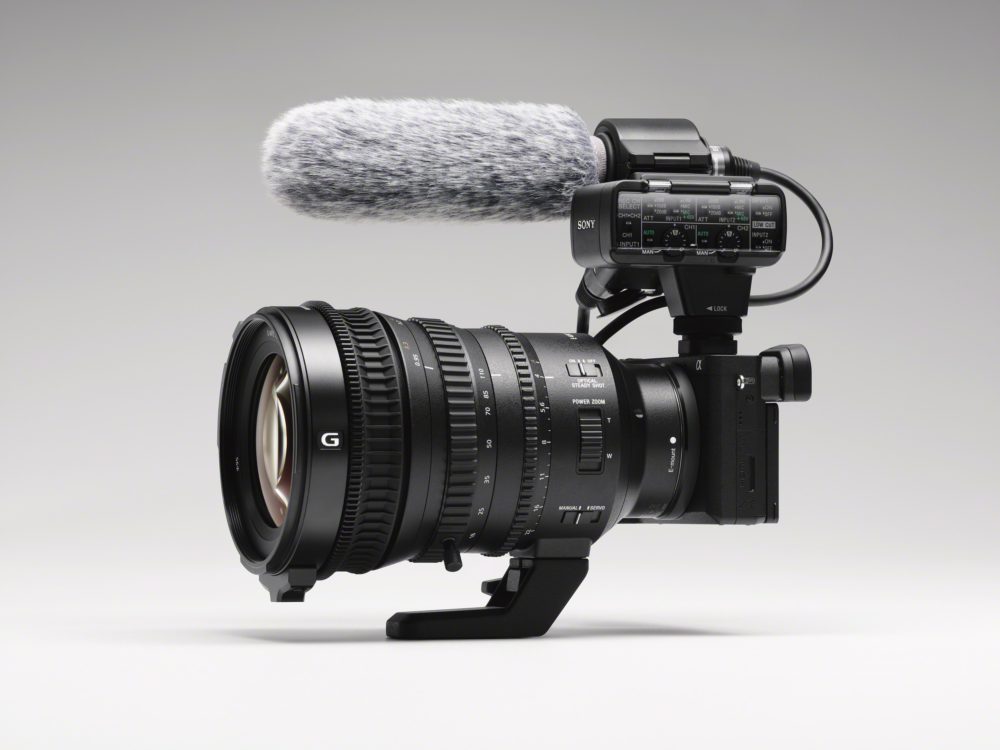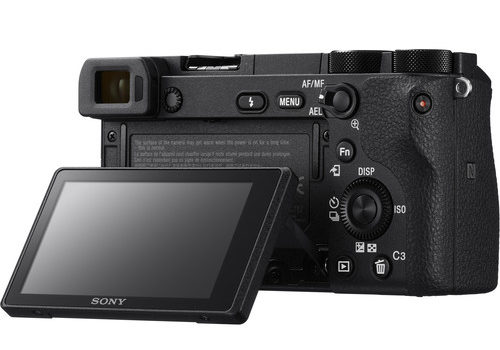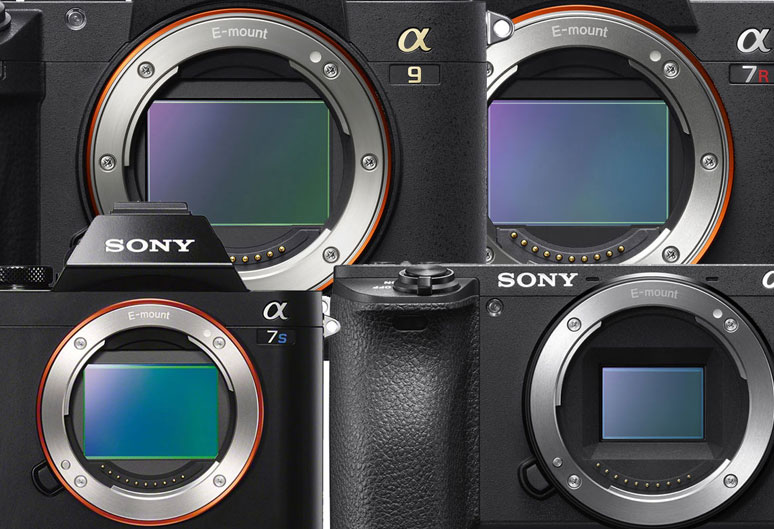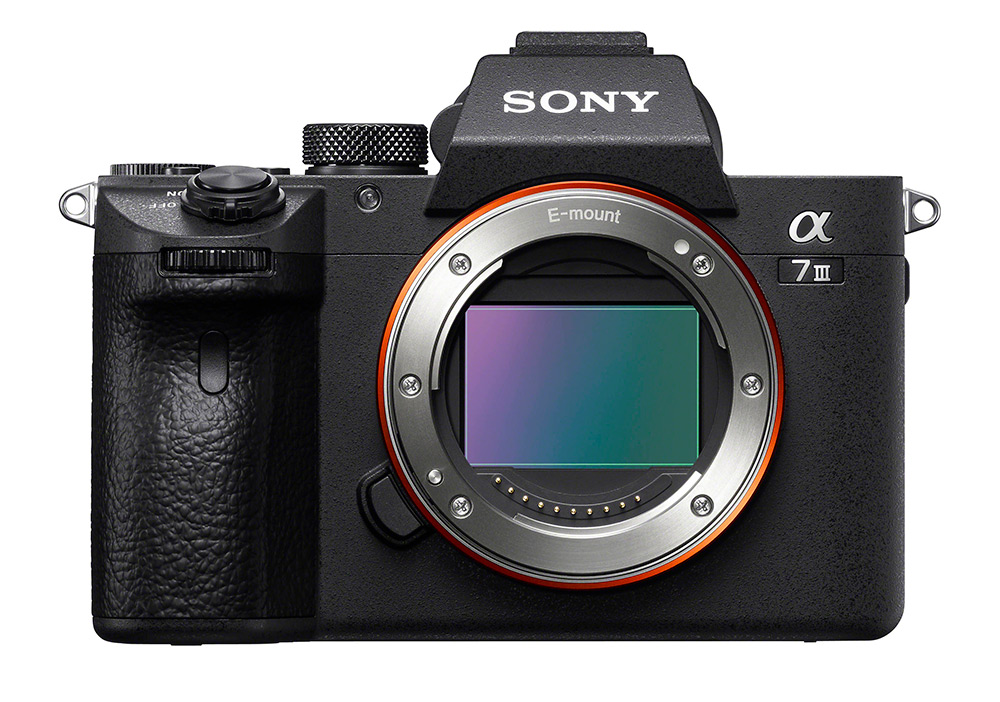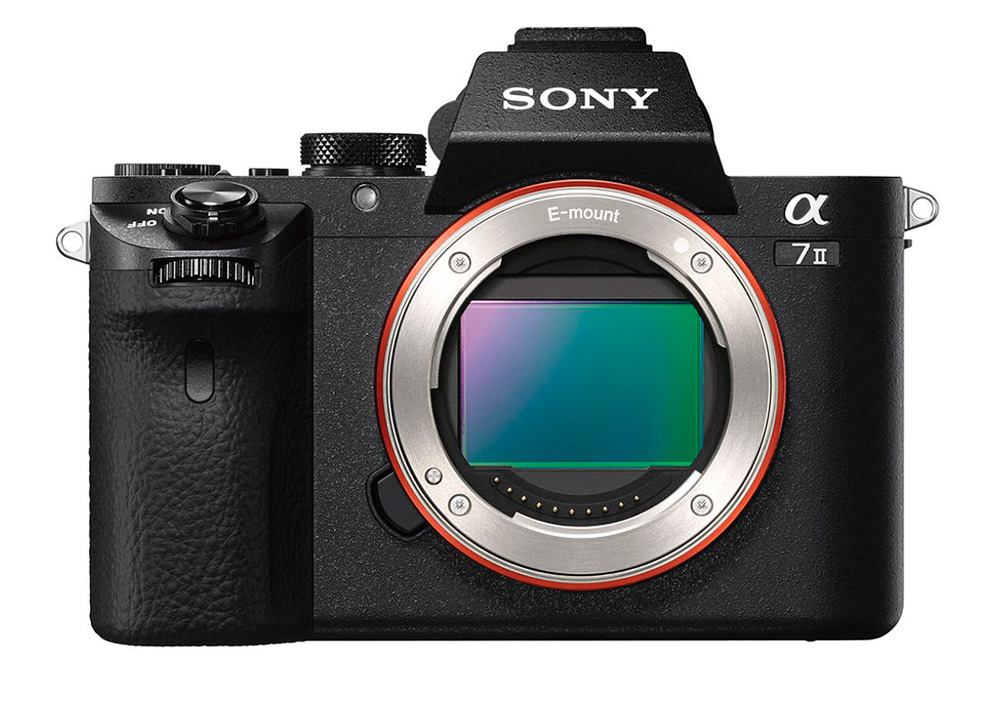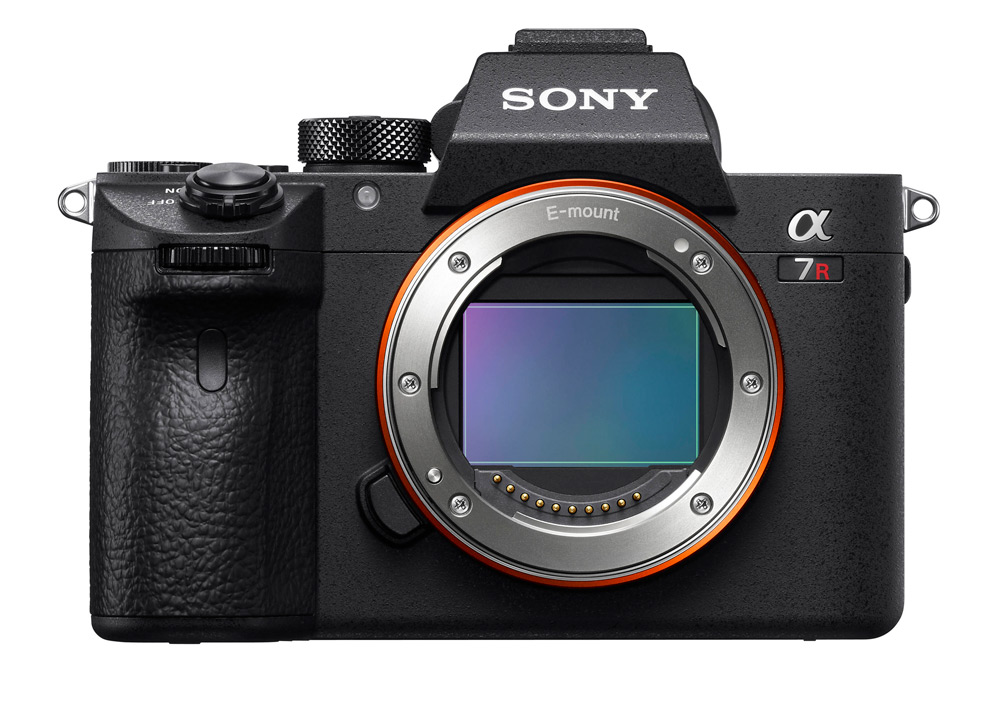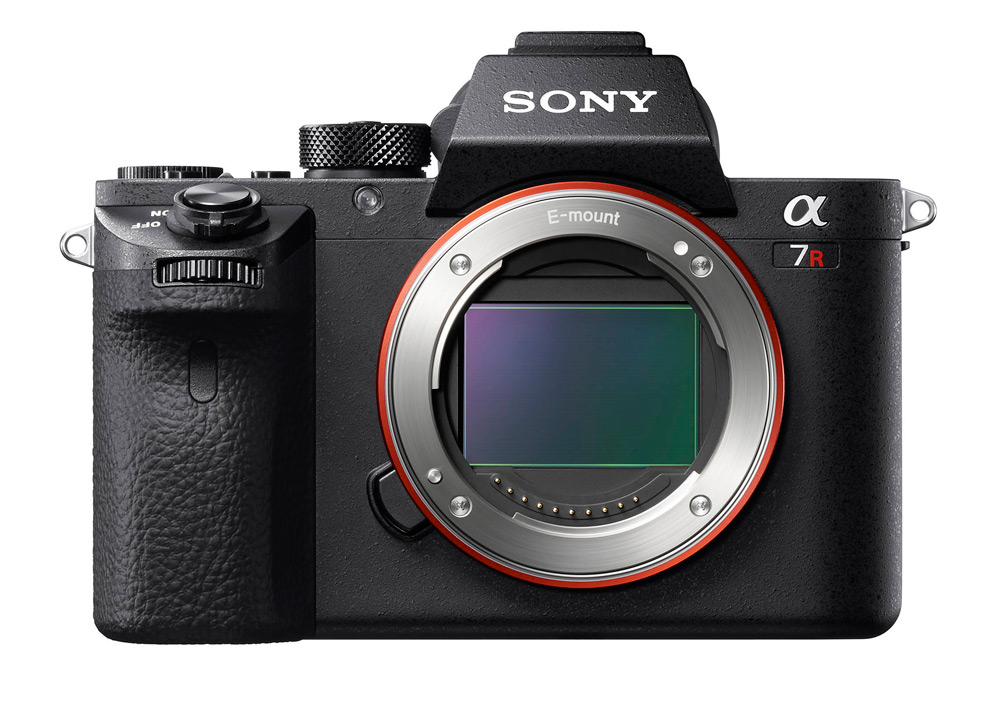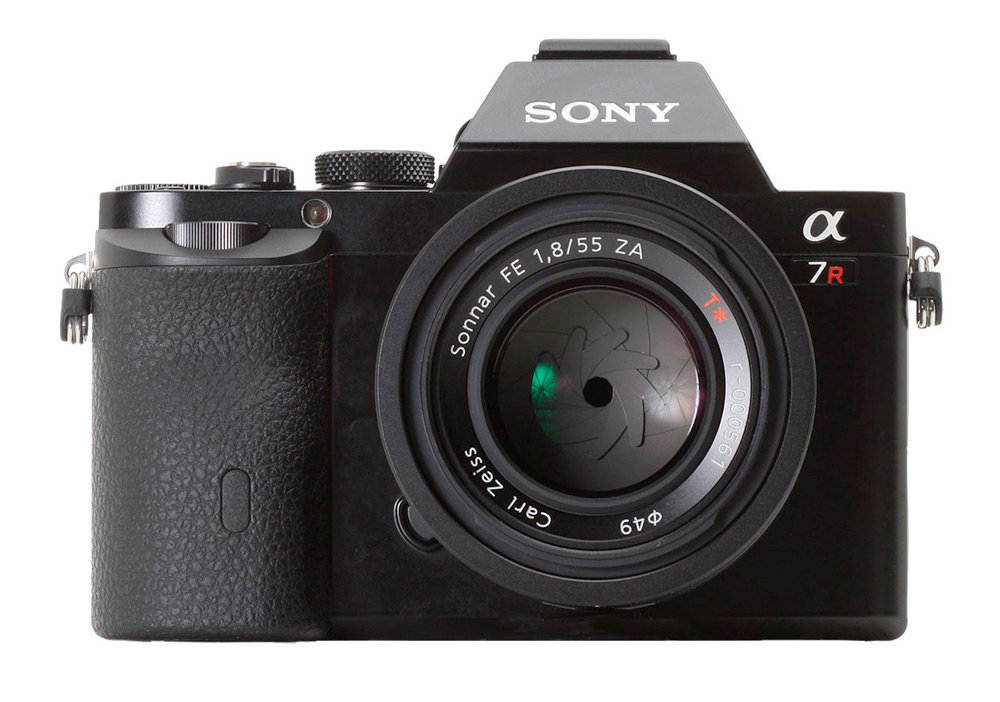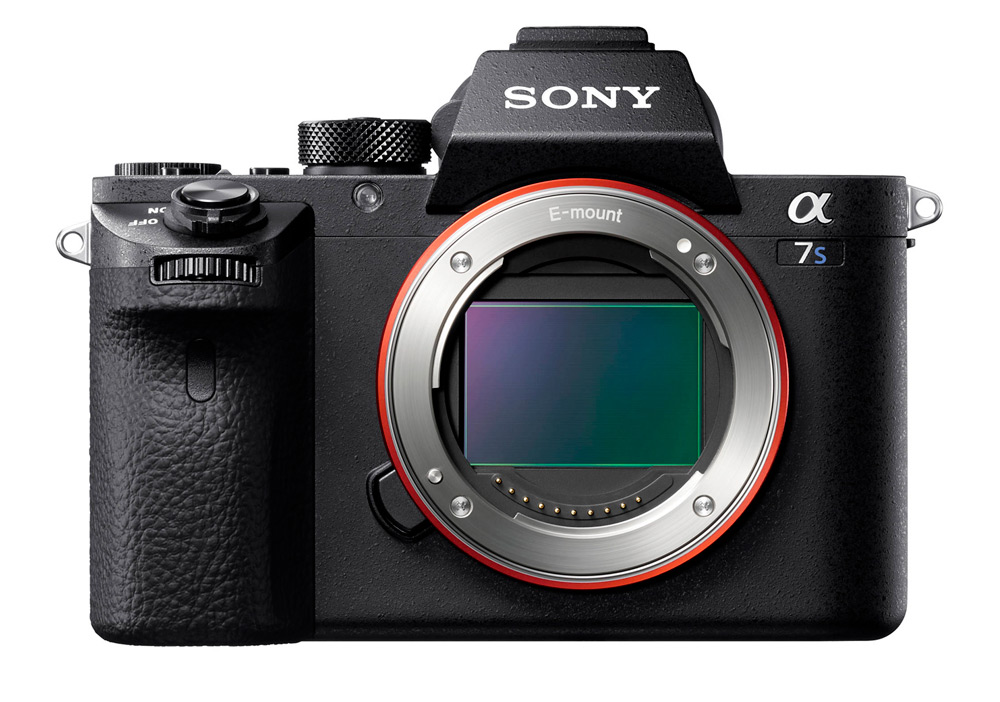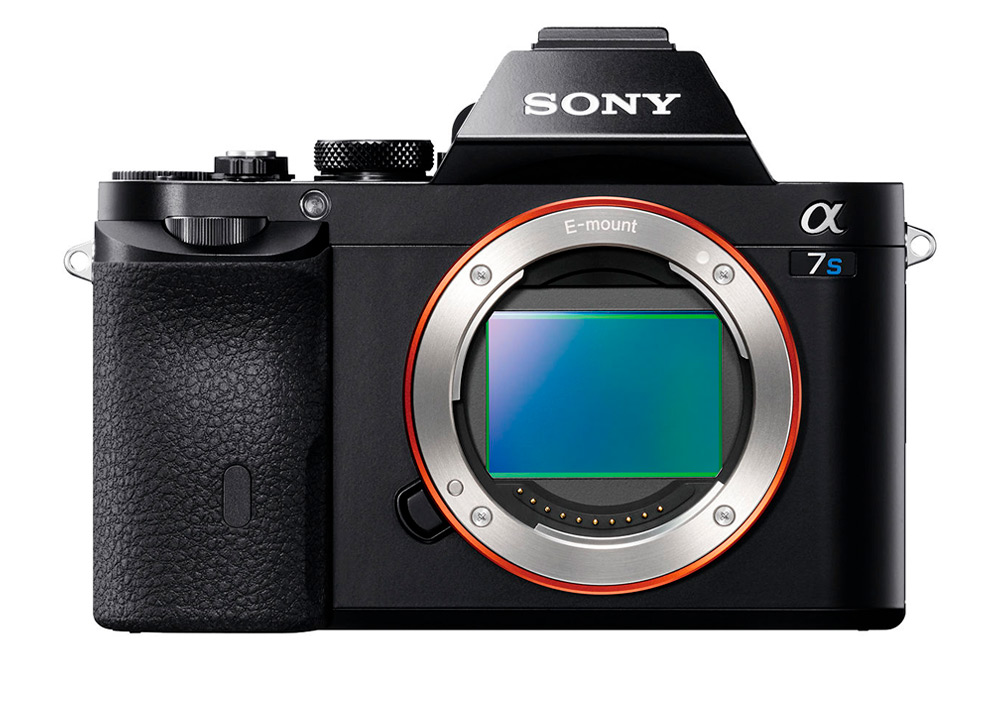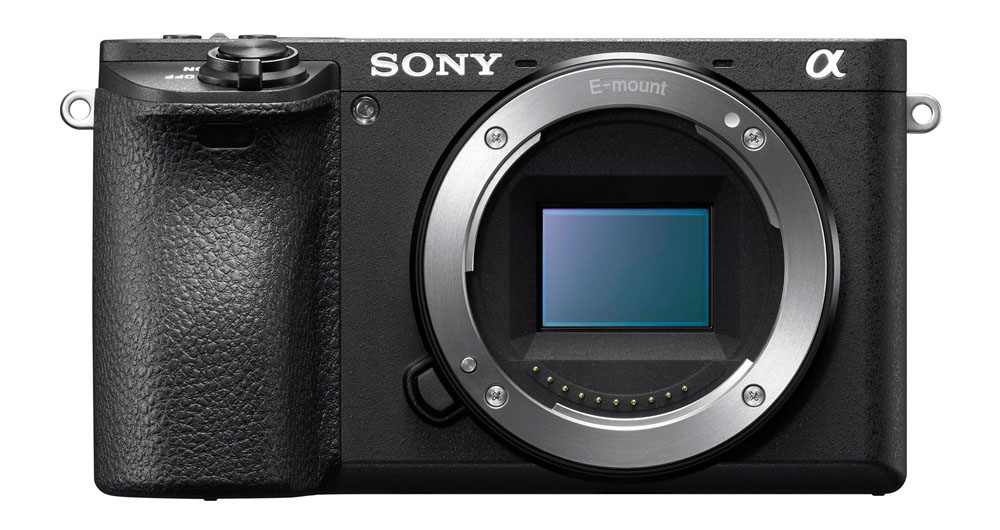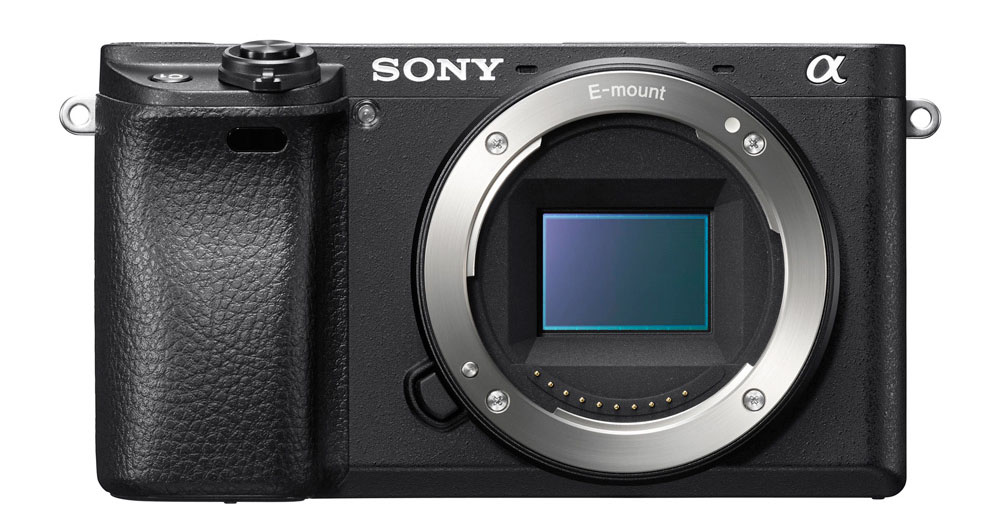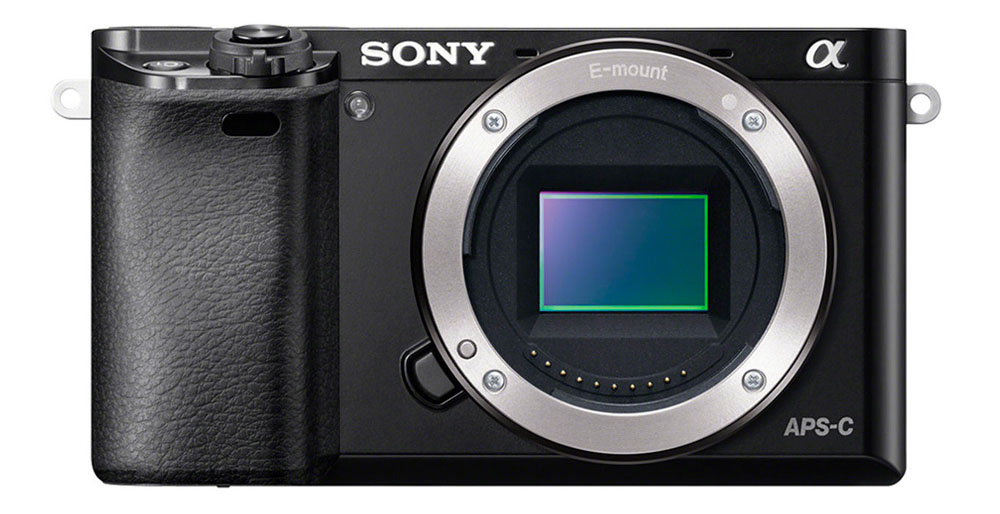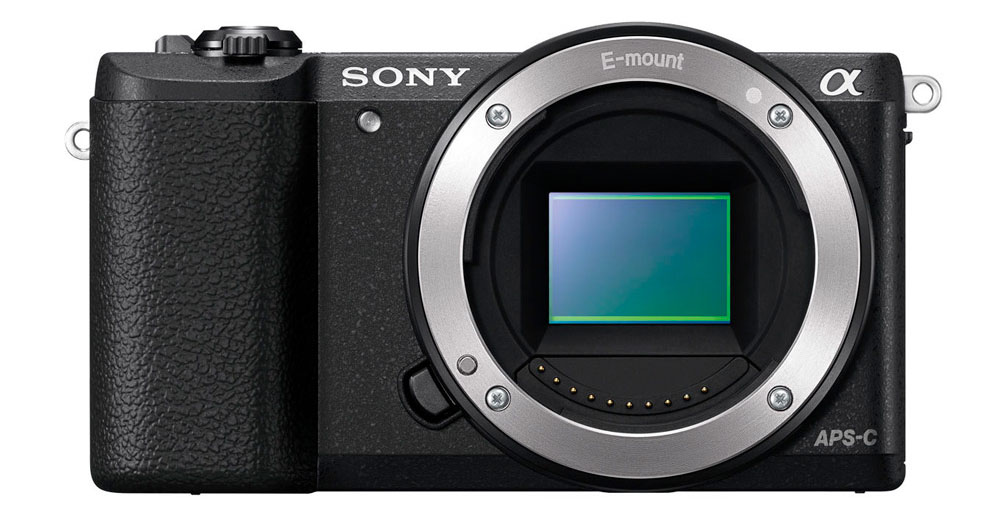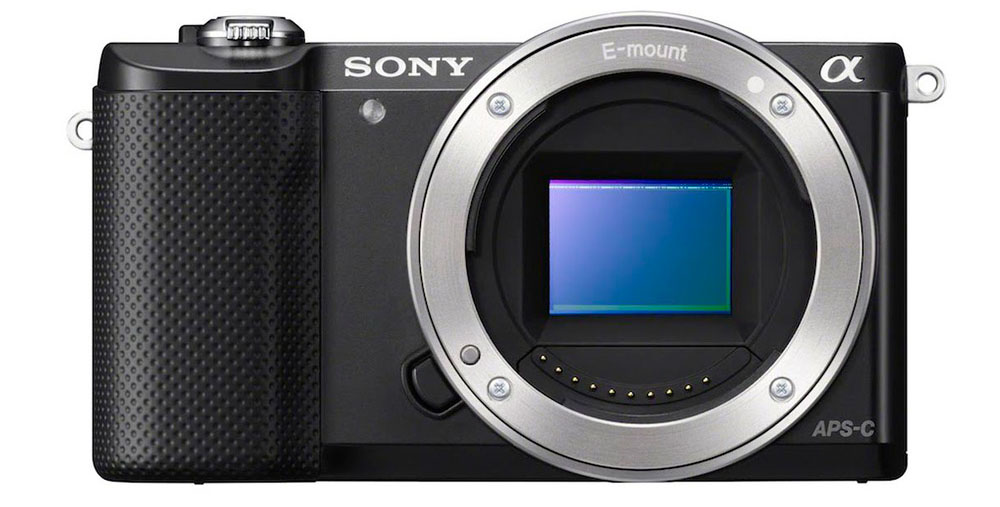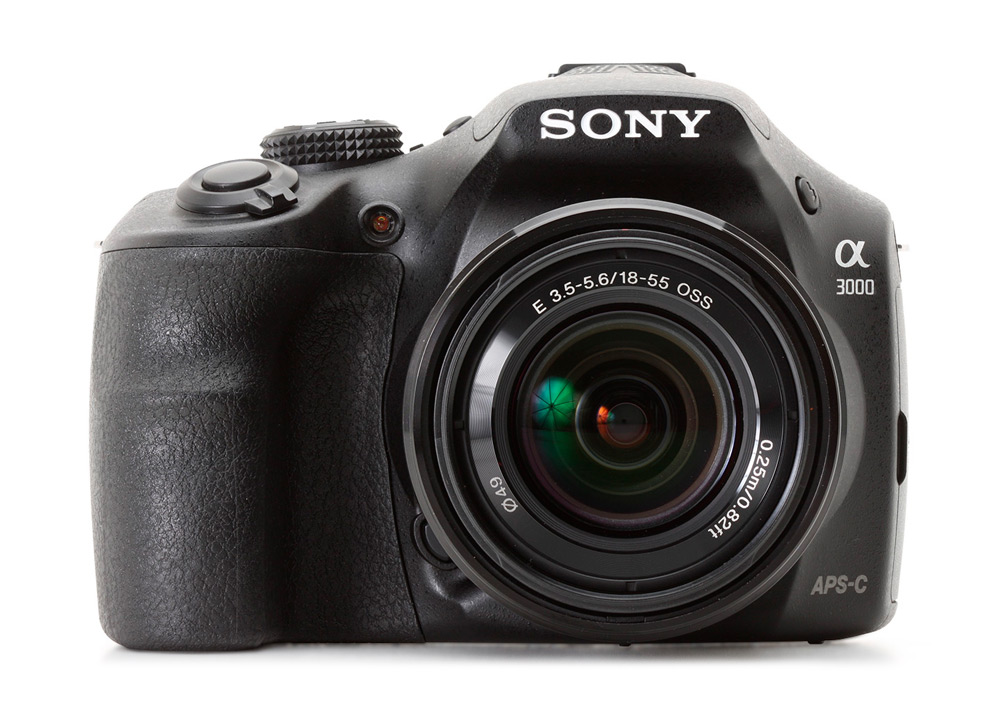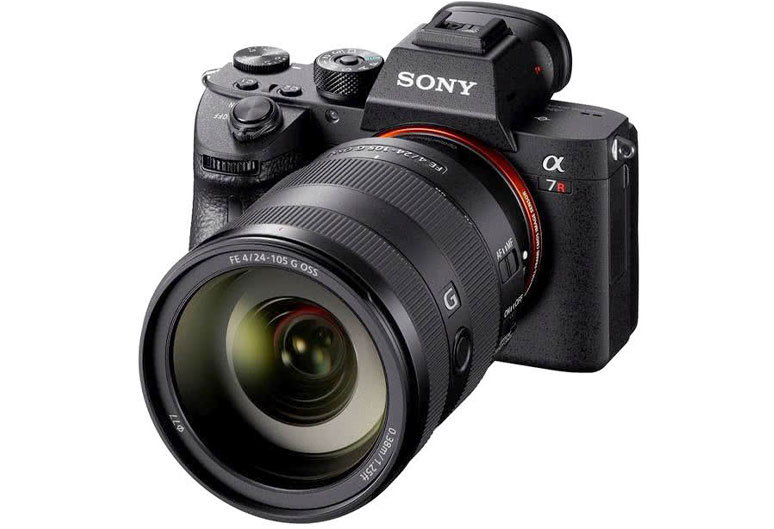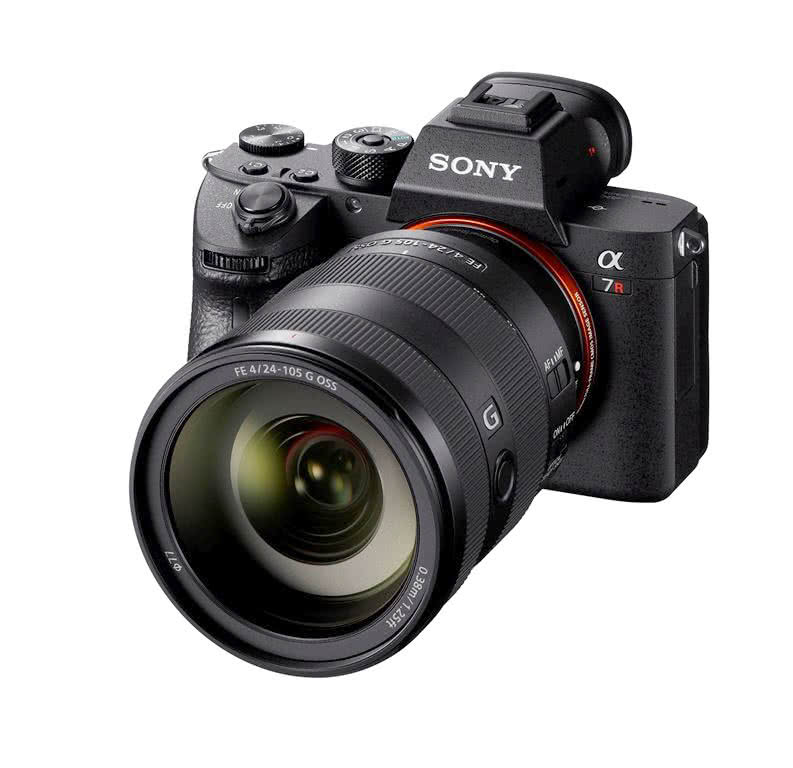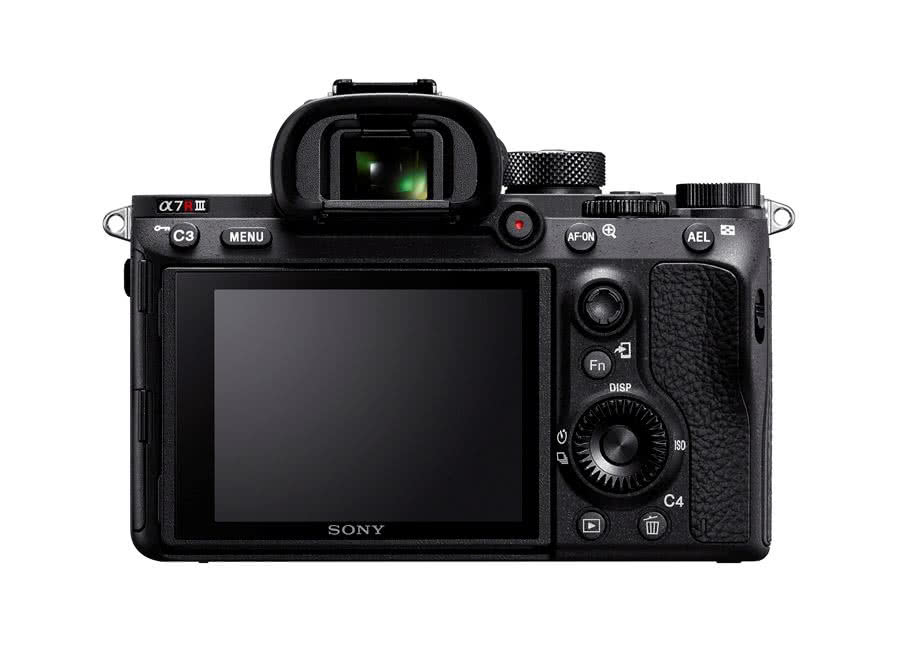Thinking of starting a YouTube channel, or sharing videos of your exploits on Facebook, Instagram or another social media platform? Then you’ll want to pick up one of the best cameras for vloggers.

Welcome back to our vlogging kit series, where we run through some of the best cameras and other equipment that’s out there for prospective vloggers right now.
You may or may not have been tempted by the idea of vlogging before, but even if you’ve never considered it, we’d definitely recommend giving it some thought. Vlogging tends to demand less production value than other types of video, and as a professional working in stills or video, you already have a wealth of material to vlog about with a built-in audience. What kind of kit are you using for your shoots – what do you like about it, what do you wish were better? How do you approach different kinds of shoots and subjects? People are interested in this stuff, and being able to connect with them through vlogs is a great way to open up new opportunities and even potential revenue streams.
Previously in this series we’ve covered the Nikon D7500 , Fujifilm X-T2 and the Sony A6500.
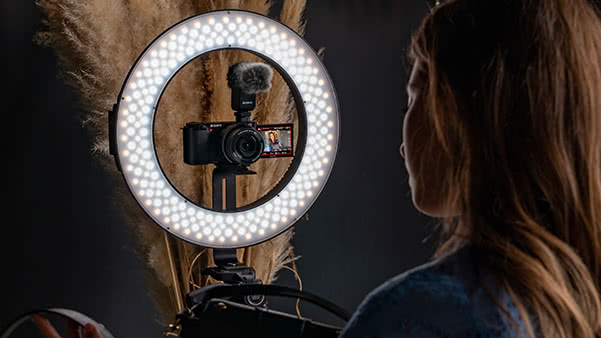
Today we’re taking a look at the Sony ZV-E10. Designed for creative vloggers who aspire to an artistic look, without the hassle. The ZV-E10 shoots 4K video at up to 30fps, unfortunately it doesn’t offer a 4K/60p mode for those creative vloggers who like to slow down their footage for cut-scenes. Still, you do get some of Sony’s latest autofocus smarts, including Real-time Tracking and Real-time Eye AF. These allow it to track a person around the frame and automatically keep them in focus.
The ZV-E10 is an interchangeable-lens vlog camera with over 60 lenses to inspire self-expression. Wide-angle lens options allow you to capture more of the locations or the natural backdrop, and bring your viewers along with you in a shared experience whilst creating dynamic footage. A fixed focal length lens will allow you to create a smooth, natural background blur that lets the subject stand out. It’s also useful when you want a brighter image in a dimly lit setting. Whilst a macro lens can get you closer to your subject, allowing you to capture the small details at a bigger size than with normal lenses and show off every glorious detail. Use a telephoto lens, to shoot far-off objects, scenery or action with clear detail, whether you’re vlogging while travelling or just shooting everyday life. Zooming in and out can also add an extra dynamic element to your story.
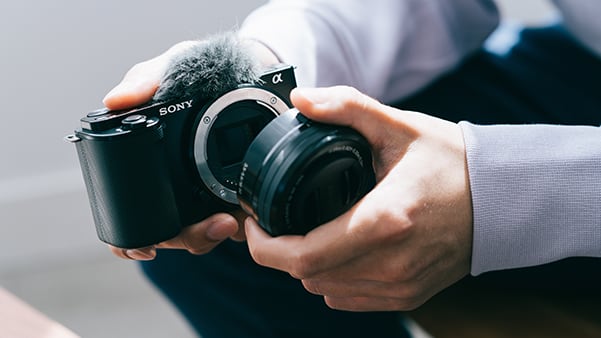
Let’s dig into its feature-set and find out why it’s designed for vlogging…
You can choose the lens that matches your style
Sony’s has an extensive range of E-mount lenses to help bring your vlog to the next level with stunning and unique imagery. Incorporate background scenery into your script with a wide-angle lens, or make the subject grab the viewer’s attention by using a fixed focal length lens with an artfully blurred background. Move in closer with a macro lens or pull in distant scenes with a telephoto lens.
A large-format image sensor for professional-quality images
The ZV-E10’s impressive images are the result of the camera’s large APS-C sized image sensor. Compared to a smartphone camera, the image sensor of the ZV-E10 is bigger, allowing for beautiful, professional-looking images with high resolution and intricate detail.
Designed for easy selfie and vlog shoots
Weighing in at just 364 grams the ZV-E10 is ready to hit the road with you whenever you’re ready to vlog. The side-opening vari-angle LCD screen makes it easy to take selfies and check your framing, even when you’re shooting from high or low positions, and the ergonomic grip is designed for a safe and stable hold.
4K video
The camera’s internal 4K video recordings are made using a full-pixel readout from the sensor. This means that the recorded footage has more visual data condensed into every frame, resulting in remarkably detailed video imagery.
Real-time tracking can do the focusing work for you
The ZV-E10’s AI-driven13 Real-time Tracking is intuitive to use. Simply touch the monitor to indicate the subject you want to focus on and Real-time Tracking will take it from there, keeping a steady hold on the subject.
Background blur control
There’s no need for complicated manual adjustments – just press a single button to turn background blurring (bokeh) on and off. The button switches between a blurred, bokeh-rich background and a clearly focused one, skipping all the complex setting.
Designed for clear voice recording even outdoors
Equipped with a built-in Directional 3-Capsule Mic, the ZV-E10 records voices clearly even in crowded settings. It’s optimised to capture voices in front of the camera with fewer distracting ambient sounds, perfect for vlogging use. The ZV-E10 comes with a wind screen, allowing worry-free recording when shooting outside. The supplied wind screen can be easily attached to the Multi Interface to reduce noise in windy conditions.
Smooth and stable images even while walking
The ZV-E10 will help keep things smooth and steady when you’re on the move. Active Mode electronic image stabilisation delivers stable video footage with minimal shake and blur during hand-held recording, and it’s available even when the Product Showcase Setting is on.
Add special effects in-camera
You can switch up your colours to create a variety of artistic effects. Just change the Creative Style setting, or choose from seven different visual effects using Picture Effect mode, without any additional post-production.
Handle long shooting sessions without battery worries
When you’re shooting outdoors or anywhere without a power supply, you can rely on the camera’s battery to power up to 125 minutes of continuous movie shooting or up to 440 still images. The camera also supports external power through a USB Type-C connector, allowing an external mobile battery to further extend your recording time.
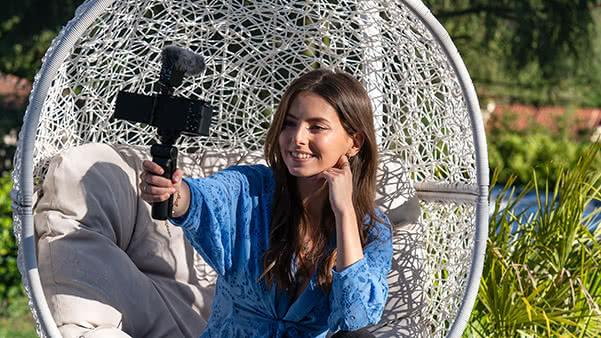
An ideal vlogging setup with the Sony ZV-E10
If you want to maximise the production value you get out of the Sony ZV-E10, then it’s worth thinking about the best accessories to use. It doesn’t have to be a massive outlay of cash – a few well-chosen accessories can make a massive difference in the quality of your videos, not to mention the ease of producing them, and luckily for you, we’ve picked out a ready-made list of the best ones around right now. While this list isn’t exhaustive, it also isn’t compulsory – even just a few of these will really see your vlogging improve.
So here’s what we reckon you should get:
– A good all-encompassing lens. You ideally don’t want to be faffing about changing lenses too often. We’d say something like the Sony 16-70mm f/4 will cover a solid focal range that should give you all the coverage you need for the vast majority of your vlogging.
– A good shotgun microphone. A no-brainer here for improving the sound quality of your videos – there’s a reason we recommend it in all of our vlogging blogs. A RØDE VideoMic will suit your purposes fantastically. For more audio control you can use the Sony XLR-K3M XLR adaptor kit, pictured above, with your choice of XLR microphone from shotgun mics to radio lavalier kits ideal for interviews.
– A fast, large-capacity SD card. You might be able to save some money here, as the ZV-E10 isn’t able to take advantage of UHS-II cards, a UHS-I SD card will do fine. Something from the SanDisk Extreme Pro range will suit you fine – the higher its capacity, the better.
– A stable tripod, ideally one with a head geared for video. Manfrotto, Vanguard, Camlink and Velbon all make great dedicated video tripods with smooth panning heads.
– Monitoring headphones to check your audio.
– A video light. Look at lights from Rotolight for a good self-contained system.

The Sony ZV-E10 isn’t perfect
The grip is way too small to use handheld with a big lens, as it’s too unwieldy to hold the lens while using the rear display to frame shots. We would recommend using a tripod, as well as for some long-exposure images. There’s no mode dial on the top; instead you’ll set the capture mode via the menu. You do get a shutter release at the top of the handgrip. The Sony ZV-E10 has a built-in electronic viewfinder for framing shots so if you need a camera with a viewfinder try the Sony A6100 or A6400. If you are looking for a run-and-gun video camera for quick pans then this might be the worst thing about the camera from a video point-of-view, and while it won’t affect many studio or static shooters, run-and-gun camera operators might not be ready for its jelly effect. The Sony ZV-E10’s 4K capture caps out at 25/30 fps, so if you want to slow down your footage without compromising on resolution, you’ll need to look elsewhere.
Sony ZV-E10 Specifications…….
| Specifications | Sony ZV-E10 |
|---|---|
Lens Mount | E-mount |
Aspect Ratio | 03:02 |
Number of Pixels (TOTAL) | Approx. 25.0 megapixels |
Sensor Type | APS-C type (23.5 x 15.6 mm), Exmor CMOS sensor |
Recording Format | XAVC S |
Video Compression | XAVC S: MPEG-4 AVC/H.264 |
Audio Recording Format | XAVC S: LPCM 2ch |
Memory Card Slot | Multi slot for Memory Stick Duo / SD memory card |
Metering Sensor | Exmor CMOS sensor |
Adjustable Angle | Opening Angle: Approx. 176 deg., Rotation Angle: Approx. 270 deg. |
Focus Magnifier | Yes, Focus Magnifier (5.9x / 11.7x) |
Clear Image Zoom | [Still images] Approx. 2x, [Movies] Approx. 1.5x (4K), Approx. 2x (HD) |
Face Detection | Face/Eye Priority in AF, Face Priority in Multi Metering, Regist. Faces Priority |
Flash Sync. Speed | 1/160 s1 |
Control | Pre-flash TTL |
Flash Compensation | +/- 3.0 EV (switchable between 1/3 and 1/2 EV steps) |
Self-Timer | 10 s delay / 5 s delay / 2 s delay / Continuous self-time / Bracketing self-timer |
Bluetooth | Yes (Bluetooth Standard Ver. 4.1 (2.4 GHz band)) |
Functions | View on Smartphone, Remote control via Smartphone, PC Remote, BRAVIA Sync (Control for HDMI), PhotoTV HD |
Microphone | Built-in, stereo |
Speaker | Built-in, monaural |
Compatible Standards | Exif Print, Print Image Matching III, DPOF setting |
Type | Custom key settings, Programmable Setting (Body 1 set /memory card 4 sets), My Menu |
Setting | Peripheral Shading, Chromatic Aberration, Distortion |
Supplied Battery | One rechargeable battery pack NP-FW50 |
Operating Temperature | 0 – 40 ℃ / 32 – 104 °F |
Weight (with battery and memory card included) | Approx. 343 g, Approx. 12.1 oz |
That’s all for the Sony ZV-E10! We’ll see you next time.

